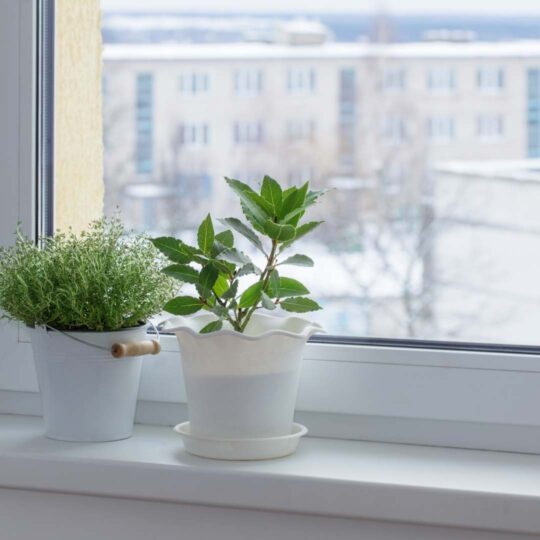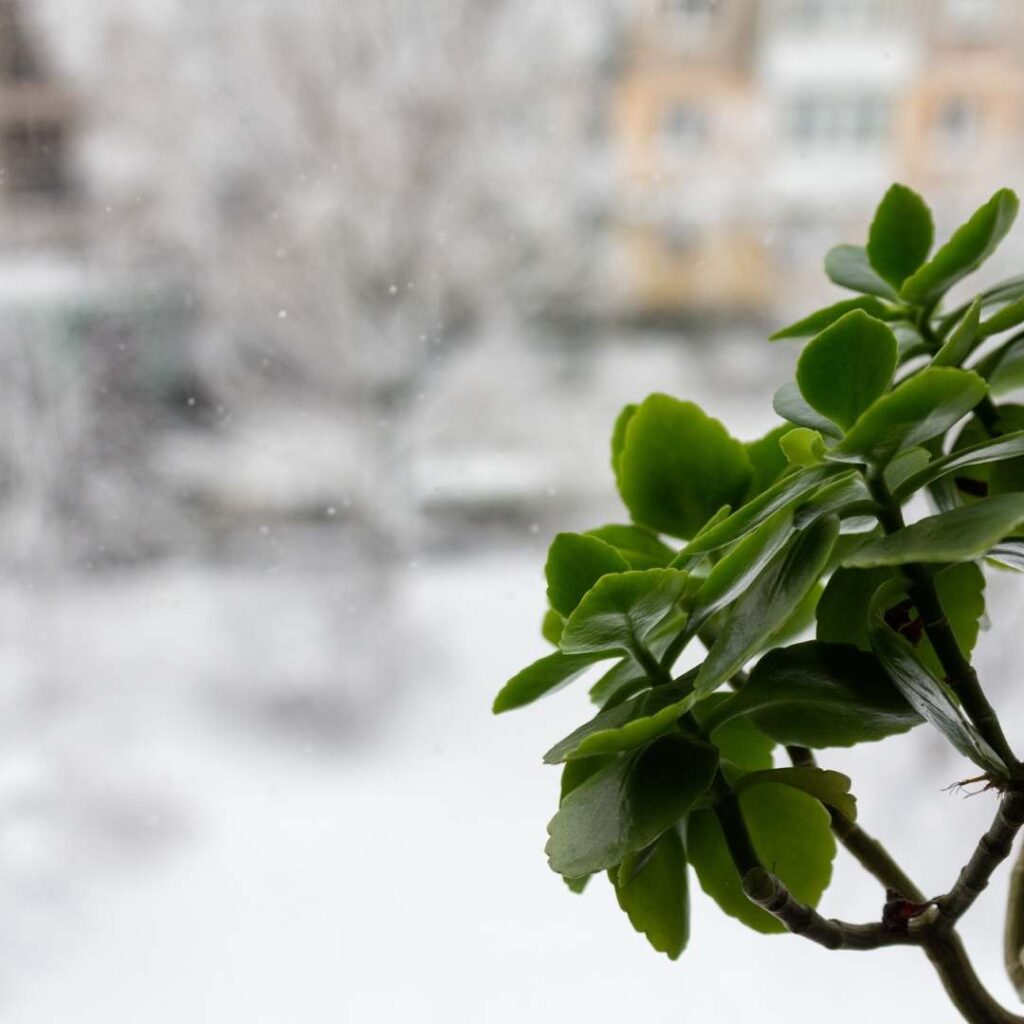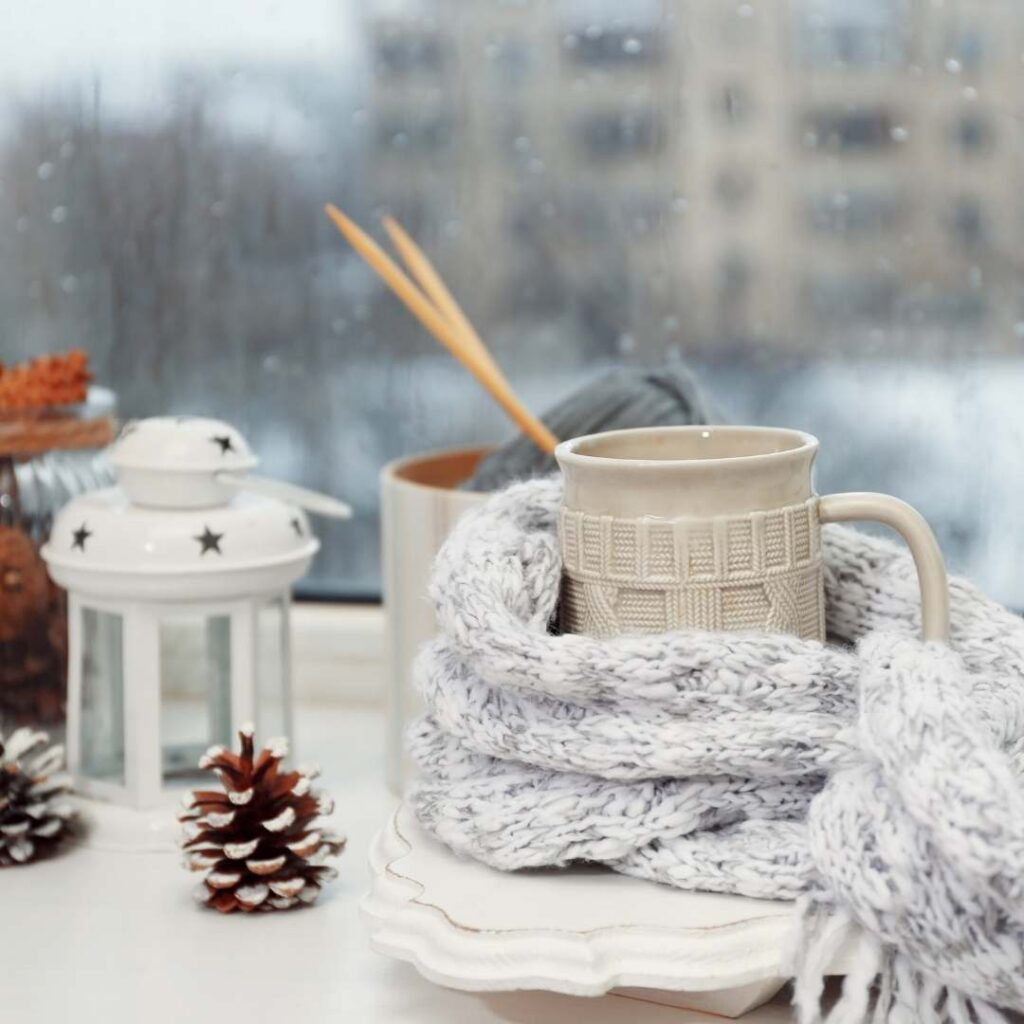
Winter Houseplant Care: How To Help Your Houseplants Survive
It is that time of year again. The time that all of us houseplant collectors and planty people alike dread. The days become shorter, the grow lights come out, humidifiers turn on, and we all start to dream about the growing season again. Whether this is your first winter with houseplants, or if you’ve had many under your belt– the time is now to start preparing. It’s time to get both your home and your houseplants ready for those dark and colder winter months. As a Canadian resident, our winters can be quite intense. But do not fear: your plants can survive the winter. Here are some important winter houseplant care tips to keep in mind:
1. Evaluate Your Houseplants
One of the first steps to winter houseplant care is to take inventory of your houseplants before the season starts. Check in on how your plants are doing in their current conditions, so you can plan ahead for the season. Are they struggling with soil, humidity, or watering? Do any of them desperately need to be repotted? Will the light levels be sufficient to get them through the winter months or will they need extra help? These are important questions to ask ahead of the season so you can come up with a plan for your collection to keep them happy and healthy all winter long.

2. Light
The darker winter days mean that your houseplants will be getting significantly less light. If your plant is a low-light tolerant houseplant, it may survive just fine. No houseplants will survive very long with zero light. If your houseplant requires medium to bright indirect light, then you may need to incorporate some changes in your winter houseplant care routine. You may need to move some of your houseplants closer to windows or even supplement your houseplants with grow lights. Remember: if you are moving your plants closer to windows during the winter, you may want to make sure that it isn’t too cold in that location. Make sure that there isn’t a draft coming through the window. This can result in cold damage.
3. Water
With less sunlight for your houseplants, the photosynthesis process will start to slow down in the winter months. This means that your houseplants watering needs will change during the winter months. Your houseplant will likely need less water as the winter months continue. This means that houseplants are more susceptible to root rot during the winter months than any other season. Part of your winter houseplant care routine will involve dialling back your watering habits, particularly if you tend to follow a strict weekly watering schedule the rest of the year. It’s important to pay attention to your houseplants for signs that they are ready for water, which includes:
- Drooping, or softer foliage
- Puckering or curling leaves
- Less elasticity in the leaves
- Dry soil (a moisture meter is great help if you are unsure)
- Lifting the pot (a lighter pot means the soil is drier)
4. Clean Your Leaves
Keeping your houseplant leaves sparkling clean is important for many reasons, but it is particularly important during your winter houseplant care routine for the following reasons:
- Dust can collect more quickly on your houseplants in the winter months
- Clean leaves will help your plants with photosynthesis. Since the winter months are dark enough as it is, cleaning your plant leaves will give it the best chance possible at getting sunlight.
- Pest Prevention! The dry winter months typically attract pests like spider mites and thrips, so keeping your leaves clean and staying on top of this crucial part of pest prevention is key.
5. Humidity and Temperature
Replicating a tropical environment where most houseplants grow naturally can be tricky during the cold winter months. Most leafy, tropical houseplants with sensitive foliage start to decline when temperatures dip below 60 degrees in the winter, with most plants ideally living above 65 degrees. Cranking the furnace may seem like a simple winter houseplant care solution, but this also tends to dehumidify your space. Many tropical houseplants like calathea, philodendron, anthurium require humidity levels of at least 50 percent but ideally around 60 percent.
Click here for tips to increase humidity for your plants but depending on your location and climate, the most efficient way to achieve humidity for your plants is by introducing a humidifier to your space. Make sure that during the winter months, your houseplants are living near any drafty spaces such as a window or a vent. One great way to find out the exact temperature or humidity of your space is to purchase a hygrometer which will give you an accurate reading of your space.

6. Dormancy
The lack of light combined with lower temperatures may lead to your plant going into a state of dormancy. For some houseplants, this may simply mean that your plant is not growing as quickly, while for others, they may not grow at all until the spring. Certain types of houseplants like Alocasia or Calladium may even die back to a stump for the winter months. This is your plant going into a state of dormancy, which is a normal part of the houseplant process, unless you are taking measures to replicate the growing season such as adding grow lights or a grow tent with a humidifier.
This is the season where your plants are taking the time to rest and regroup…and that’s okay! Don’t panic or feel as though you need to take drastic measures to encourage growth. Dormant houseplants do not make you a bad houseplant parent. Your plant will simply resume growth in the spring when the growing season begins. This is a normal part of winter houseplant care. Bloom and Grow Radio recently released a beautiful podcast about winter houseplant care mindset (Lessons From Plants For 2021 With Beronda Montgomery, Ep 134) when it comes to dormancy, that I cannot recommend enough.
7. Pest Control
Pest prevention and pest control is a vital part of any season of houseplant care, and winter houseplant care is no exception to this. In fact, pest outbreaks are more common in the winter months for a few reasons.
- Our houseplants need less intensive care so it’s easier to forget to check on them regularly, allowing pests to slide under the radar during the winter months.
- Dust can accumulate quickly on our houseplants, where pests love to hide.
- Our homes are warmer and drier which can attract particular pests like spider mites and thrips
- Pests are also escaping the cold and our homes and houseplants fit the bill.
Make sure that you keep up with your houseplants’ pest prevention measures during the winter months and continue to check on your plants regularly. Don’t miss these houseplant pest prevention tips and scroll to the additional resources below for prevention tips tailored to particular pests.
8. Clean Your Houseplant Space
Much like it’s a very good idea to take inventory of your individual houseplants on a seasonal basis, it’s also a good idea to pull your plants off their shelves and tidy up their space on a seasonal basis (at a minimum!). Clean any fallen soil, dead leaves, remove any dust as part of your regular winter houseplant care. As I’ve mentioned before, dust tends to accumulate more in the winter when the furnaces are turned on and the windows are shut, so keeping your space clean is important. One particularly important winter houseplant care tip is to make sure that your windows are also clean so the precious little light that comes through is unfiltered. It’s also a great opportunity to make any adjustments if needed and move some plants around.
9. Take A Deep Breath, You’ve Got This!
We will get through the winter season together planty friends! I’ve added some additional resources below or more tips on plant care, pest management, and other great tips and resources for surviving the winter months will houseplants. You can connect with me anytime on instagram @plantyquirkyblogger where you can say hello and follow my houseplant journey.
Additional Resources:


